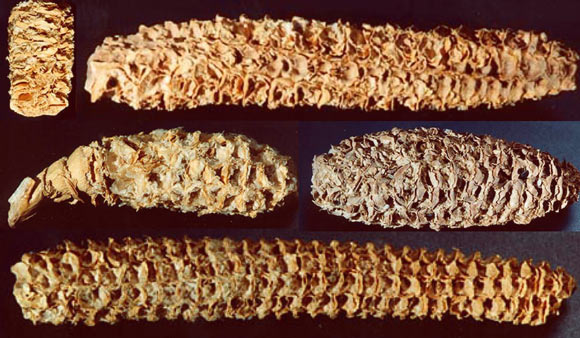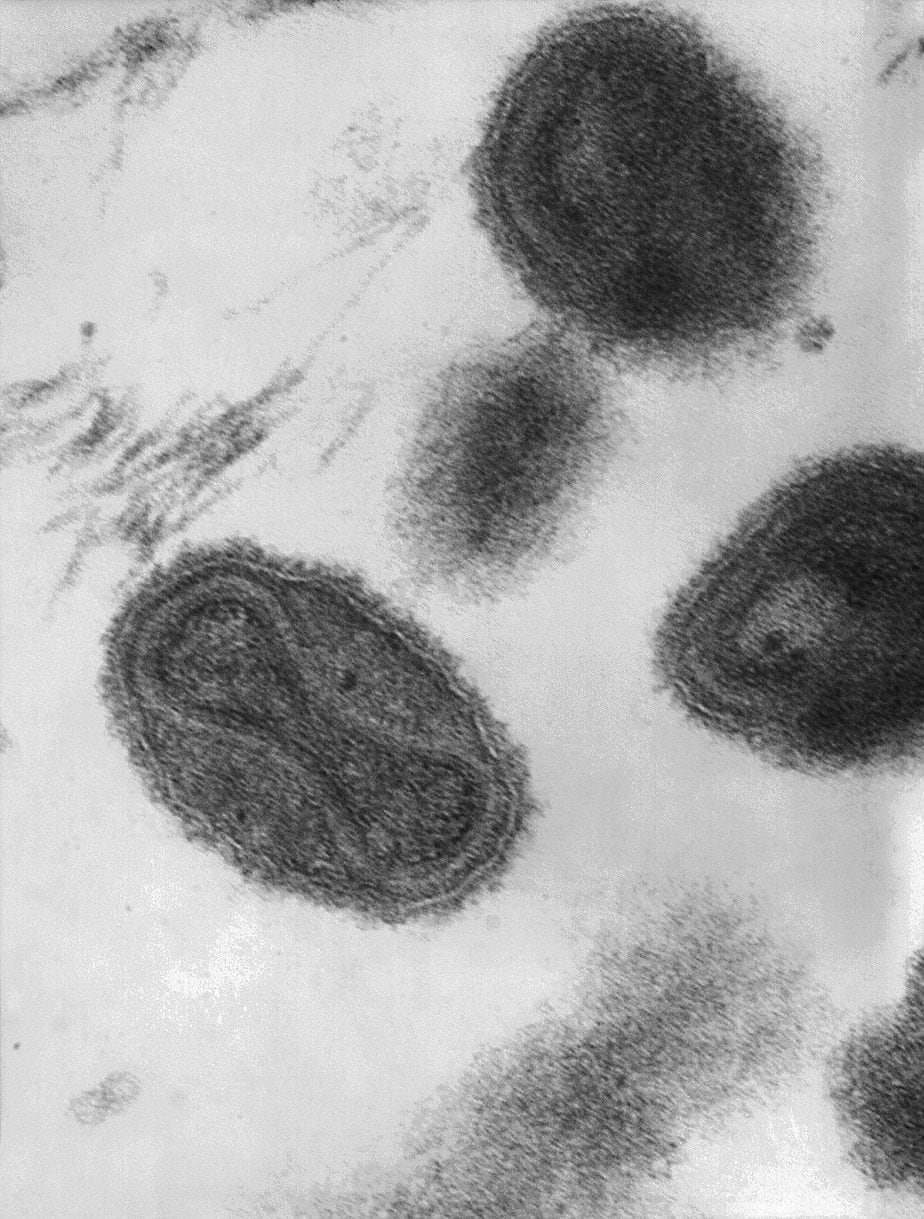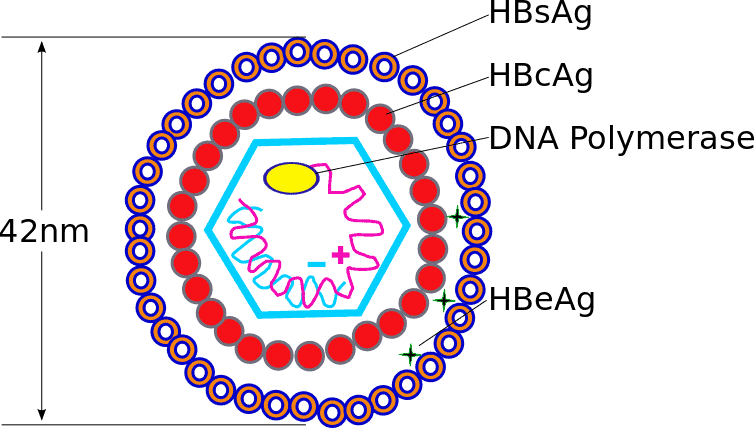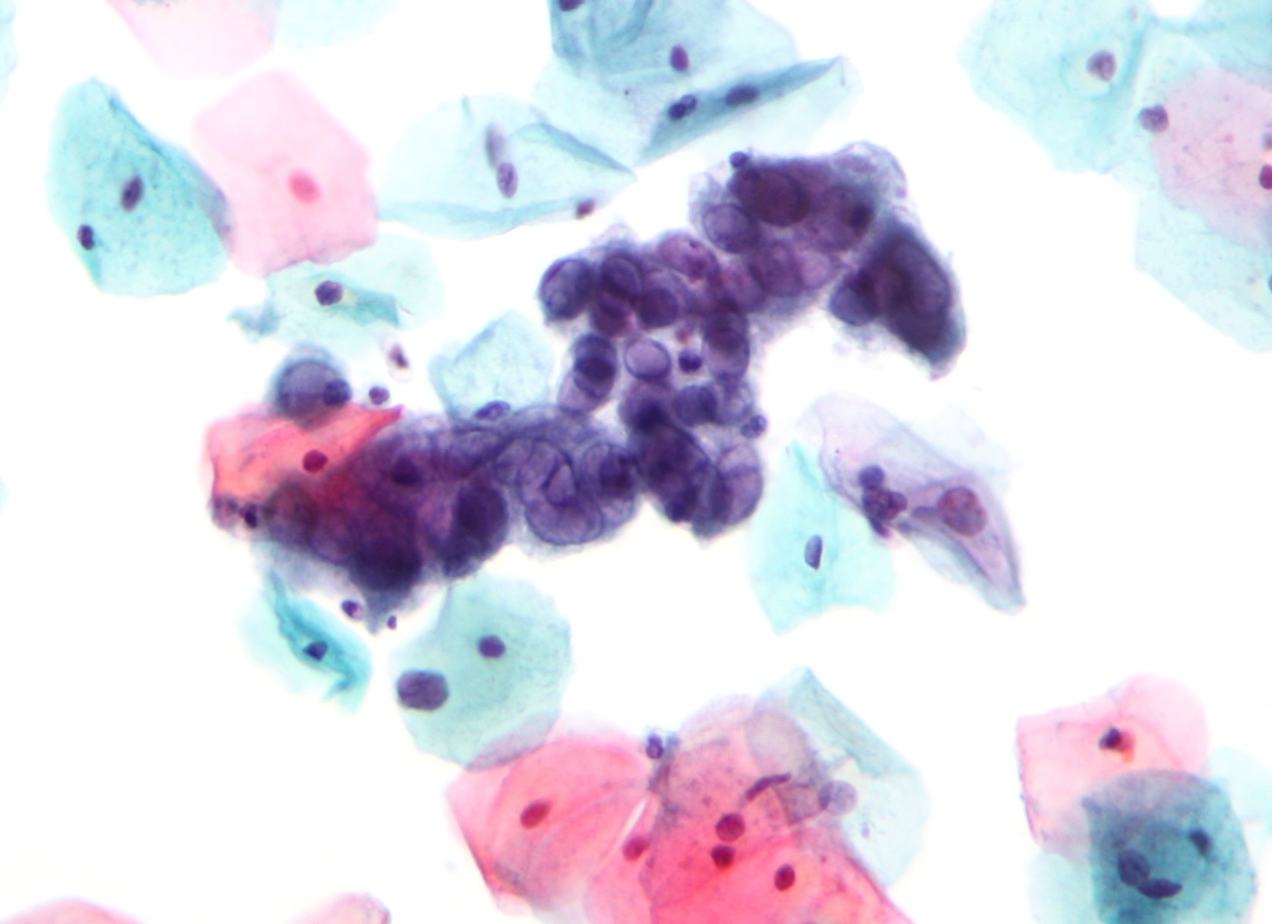With the COVID-19 virus currently raging throughout the world, viruses are at the top of people’s minds. Unfortunately, viruses are a common part of life and affect all plants, animals, and even insects. While the exact origin of viruses is unknown, they have been around for millions of years and are continually evolving. Some viruses don’t do much damage, while others are absolutely devastating and have led to the loss of countless lives. For better or for worse, viruses are here to stay.
As of November 2020, the information on this list is as accurate as possible and will be updated as needed.
Zea mays Chrysovirus 1 (ZMCV1)
Age: c.1,000 years old
Group: Double-stranded RNA Virus
Infects: Plants and Fungi

In 2018 researchers studying old corn remains at Antelope House, and Ancestral Puebloan ruin, discovered the oldest known plant virus. Using carbon 14 dating, researchers confirmed that the age of the ancient corn cobs was about 1,000 years old. Scientists were able to isolate three nearly complete genomes of a previously unknown virus of the family Chrysoviridae, which infect plants and fungi. The new virus has been dubbed Zea mays Chrysovirus 1 (ZMCV1).
Did you know?
Zea mays Chrysovirus 1 is the first-ever Chyrosvirus described from maize (corn).
9.Rabies
Age: c.1,500 years old
Group: Negative-strand RNA Virus
Infects: Humans and other Mammals

Did you know?
A number of countries, including Australia, Japan, as well as much of Western Europe, do not have rabies among dogs and many Pacific Islands do not have rabies at all.
8.Smallpox
Age: 3,000 to 4,000 years old
Group: DNA Virus
Infects: Humans

Although Smallpox probably dates back further in humans, the earliest credible evidence of the disease comes from 3,000 year-old Egyptian mummies. There are also some medical writings that mention a smallpox-like disease from ancient India (about 1500 BCE) and China (around 1122 BCE). For several millennia, Smallpox plagued humanity with outbreaks popping up periodically throughout the world. However, thanks to strong vaccination efforts, Smallpox was eradicated from the world by 1980. Since then, there have been no naturally occurring cases of Smallpox.
Did you know?
While there is no longer any naturally occurring Variola virus, which causes Smallpox, there are two locations where Variola virus is officially stored and handled under WHO supervision: the Centers for Disease Control and Prevention in Atlanta, Georgia, and the State Research Center of Virology and Biotechnology (VECTOR Institute) in Koltsovo, Russia.
7.Hepatitis B
Age: 7,000 years old
Group: dsDNA (double-stranded DNA Virus)
Infects: Humans and Primates

Hepatitis B has been infecting humans for at least 7,000 years. In 2018, scientists found the fragmented DNA of a virus that infected the liver of a young man who lived in what is now central Germany. The scientists sequenced this DNA and discovered that it was an ancient strain of Hepatitis B. This is currently the oldest human virus ever sequenced. The strain of Hepatitis B found in Europe is different from the modern strain of Hepatitis B and appears to have gone extinct in humans.
Did you know?
While the strain of Hepatitis B that was sequenced is no longer present in humans, it is similar Hepatitis B viruses that infect modern chimpanzees and gorillas in Africa.
6.Pithovirus Sibericum
Age: c. 30,000 years old
Group: dsDNA (double-stranded DNA Virus)
Infects: Amoebas

Did you know?
According to scientists, the implications of Pithovirus sibericum remaining infectious could be a warning that other ancient microbes and viruses that affect humans and animals might be lurking in the world’s rapidly melting permafrost.
5.Herpes Simplex Virus 2 (HSV-2)m
Age: c. 1.6 million years old
Group: dsDNA (double-stranded DNA Virus)
Infects: Humans

Humans are the only primates with two different Herpes Simplex Viruses and a few years ago researchers tried to find out how and why that happened. Researchers discovered that Herpes Simplex Viruses have been in humans for millions of years, with Herpes Simplex Virus 1 being older. Herpes Simplex Virus 2 (HSV-2) came a few million years later, about 1.6 million years ago.
HSV-2 causes genital herpes and researchers believe that it may have come from Paranthropus boisei, a heavy-jawed primate with teeth so large it earned the nickname the Nutcracker Man. One theory suggests that Paranthropus boisei met Homo erectus in a violent manner (Homo erectus may have killed and ate Paranthropus boisei) and that is how HSV-2 jumped to the human line.
Did you know?
Herpes Simplex Virus 2 is similar to the herpes virus found in chimpanzees, which suggests that humans must have gotten HSV-2 from an ancestor of modern chimps.
4.Herpes Simplex Virus 1 (HSV-1)
Age: c. 6 million years ago
Group: dsDNA (double-stranded DNA Virus)
Infects: Humans

Herpes Simplex Virus 1 (HSV-1) has been present in hominids (our early human ancestors) for an incredibly long time. Genomic analysis revealed that HSV-1 traces its history back to about 6 million years ago, before humans split with primates. The virus then branched out and came along with hominids as we evolved into modern humans and it eventually became oral herpes. So Herpes has been one of the most persistent human viruses and approximately two-thirds of the human population is infected with at least one Herpes Simplex Virus.
Did you know?
About 67% of the world population under the age of 50 has HSV-1 and people are typically infected as children.
3.Bracovirus
Age: 190 million years old
Group: dsDNA (double-stranded DNA Virus)
Infects: Insects (in particular butterflies and moths)

Did you know?
Bracoviruses suppress the immune system of the host insect, allowing the parasitoid wasp egg to grow undetected.
2.Baculovirus
Age: about 310 million years old
Group: dsDNA (double-stranded DNA Virus)
Infects: Insects and Marine Arthropods

Humans have been studying Baculoviruses for many years and have developed practical applications from this research. For example, Baculoviruses have been used as biopesticides in crop fields.
Did you know?
Humans first discovered Baculovirsues about 5,000 years ago during the height of the silk industry in China. There are reports of silkworms dying from a “wilting disease,” which turned out to be Baculoviruses.
1.Nudivirus
Age: about 310 million years old
Group: dsDNA (double-stranded DNA Virus)
Infects: Insects and Marine Arthropods

Nudiviruses, which primarily affects insects and marine arthropods, date back to about 310 million years ago, making it the oldest known virus in the world. Although Nudiviruses shared a common ancestor with Baculoviruses this far back, the Nudivirus line began to branch off around 222 million years ago, making it older than Baculovirus. Nudiviruses are transmitted through feeding and/or mating. Infections can kill insect larvae and cause adult hosts to produce less offspring.
Did you know?
The word “Nudivirus” comes from the Latin nudus, which means naked and virus, poison. It was given this name because Nudiviruses weren’t thought to be occluded, but occluded nudiviruses such as Tipula oleracea have since been identified.











